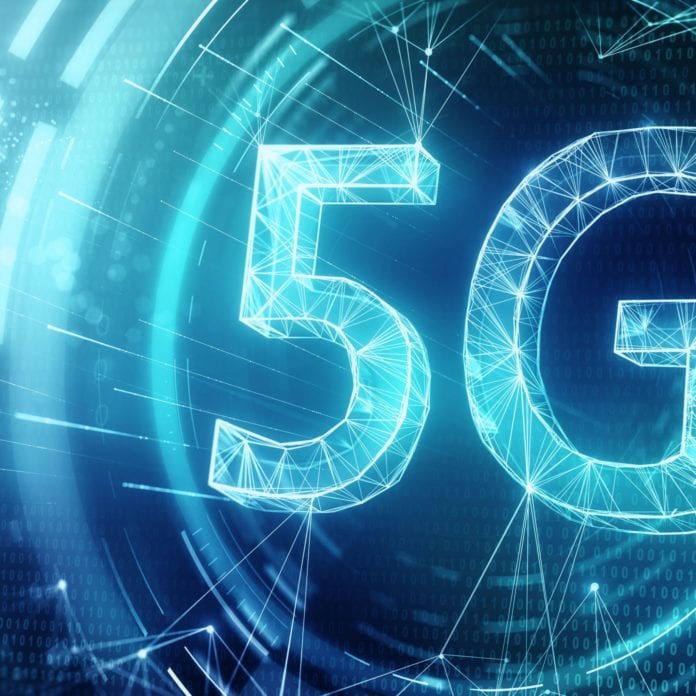LitePoint exec: ‘When compared to 4G, 5G attach rates are one to two years ahead’
LitePoint, a wireless device testing company, saw a 10x increase in 5G mobile phone shipments last year, according to the company’s Director of Marketing Adam Smith.
“We went from 20 million units to 200 million last year. This year, we expect that to more than double again with the estimates around 450 million, for some flavor of 5G,” he continued.
Gartner’s mobile phone sales forecast provided more specific numbers, showing that in 2020, there were a total of 221 million 5G mobile phones sold, accounting for 12% of overall mobile phone sales. In 2021, the report predicts that there will be 489 million 5G units sold.
For Smith, the availability and prevalence of 5G devices will be the litmus test of 5G’s true reach. “This year, if we achieve [the projected] 450 million [5G] smartphone shipments, we can plant the flag that 5G is a mainstream mobile technology,” he said.
Further, like everything else related to 5G, device availability is occurring faster than in previous generations. When compared to 4G, claimed Smith, 5G attach rates are one to two years ahead.
More broadly, the Gartner report showed that the worldwide smartphone sales will grow by 11% in 2021 with 5G phones accounting for 35% of the market, a statistic of particular interest due to the fact that smartphone sales have been flat or declining for a number of years. Last year, for instance, the market reported a 10.5% decline due to the impact of the COVID-19 pandemic on the industry.
5G smartphone sales forecast, 2019-2021, worldwide (thousands of units)
| 2019 | 2020 | 2021 | |
| 5G smartphone sales | 16,705 | 213,260 | 538,530 |
In 2020, Blancco, which provides data erasure and mobile device diagnostics software, reported that nearly 70% of consumers indicated interest in upgrading to a 5G device, which Russ Ernst, the company’s executive vice president of products and technology, said will result in a massive influx of devices hitting the secondary market.
“5G is being pulled into what I’ll call a mobile device upgrade super cycle,” he said. “We see the secondary device market as growing at a comparable rate of over 11% as forecasted by IDC between 2020 and 2024. That’s really being driven by the availability of a true flagship level device with the iPhone 12, for example, at a really palatable consumer price point.”
Smartphones aren’t the only consumer devices connected to cellular technology, of course. When it comes to wearables, which Ernst said is a hot market, particularly in the wellness sector, 5G isn’t much of a driver at the moment.
“Most wearables today are tied to a separate mobile device, so the need is more around battery life cycle,” he explained, “and so they’re leveraging other communication technology, like Bluetooth.”
However, he does believe that sometime in the near future, 5G will “creep” into wearables, but 2021 will likely not be the year for that.

